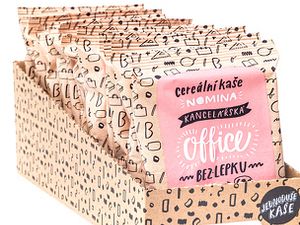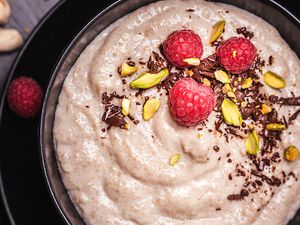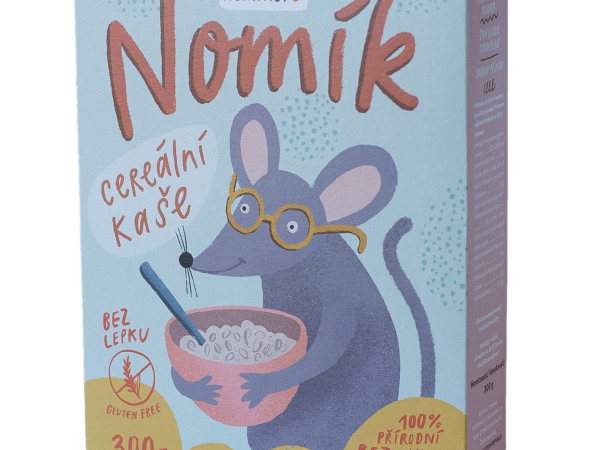Some of you may only be starting with a gluten-free diet, some of you may have been following it for some time. And even though you may have seen the deproteinised wheat starch in certain products, it still may be somewhat confusing for you.
How is it possible that there is an ingredient suitable for the gluten-free diet made from wheat? Is it safe for me? And is choosing a naturally gluten-free ingredient always safe for me?
The situation on the gluten-free food market was completely different a couple of years ago. For one thing, the standards for limit gluten content were significantly more benevolent (up to 100 mg in 1 kg of food for consumption), and food was divided into naturally gluten-free and and other gluten-free with each having different limit values. These divisions are no longer valid nowadays, and food must conform to significantly more strict criteria. Food can only be labelled “GLUTEN-FREE” when containing no more than 20 mg of gluten in 1 kg of food for consumer use, that is regardless of whether it is naturally gluten-free food or not. More effective production technologies have created room for an ingredient which only used to be made as a byproduct of gluten production. Nowadays companies specialising in deproteinised wheat starch production guarantee for their consumers that these products fulfil the standards of gluten-free food with no higher gluten content than 20 parts per million. Our experience, however, confirms that the real gluten content is significantly lower in majority of cases, usually not even reaching the limit digestibility (5 ppm). Our company guarantees the usage of this high-quality starch. When the ingredient is prepared in such manner, it is assessed by the Codex Alimentarius, based on comparative studies, as completely safe for everyday consumption.
So what exactly is the deproteinised wheat starch? It is a completely natural ingredient obtained by removing the starch fraction of wheat flour from the gluten flour. It is done using a fastastic property of starch, coagulation in water. Centrifugation (similar to a washing machine) is then used to easily separate the starch from the so called starch milk (suspension of starch in water). To achieve maximum purity, the starch milk is rinsed by water until even the smallest parts of gluten are removed. Starch is then obtained by drying the milk. The resulting ingredient fulfils the most strict gluten-free diet standards, and the gluten values are, of course, tested. Yes, wheat starch made this way is safe.
And how to answer your question regarding naturally gluten-free ingredients? It would be lovely to be able to just say yes with a clear conscience, but it would be far from the truth. Even though the general public notion is that all gluten-free ingredients contain absolutely no gluten, this is a misconception. The reason is contamination usually. It is not that processors would add gluten to their products on purpose. It is the fact that an ingredient, which is naturally gluten-free, must be properly taken care of with possible contamination in mind. Multiple stages of the entire production and processing bear the risk of contamination by fragments of grains, grain dust and the like. As a consequence, the amount of gluten can reach significant values even in naturally gluten-free ingredients. Different conditions during handling of an ingredient can make it absolutely pure or completely inappropriate for coeliacs. This is primarily a concern for buckwheat, corn, millet, rice and product made thereof.
Lastly, we would like to share the knowledge obtained by our long-term manufacturing practice. Our company has processed hundreds of tons of naturally gluten-free ingredients into our products. The ingredients are, of course, selected with maximum diligence. Having been asked to, we have made a chemical analysis of our ingredients used within the last three years, and the numbers we have found are quite interesting. While the certified deproteinised wheat starch made to be suitable for a gluten-free diet usually contained gluten in below detection limit amounts (which is 5 ppm with accredited laboratory methods) and in rare cases around 7 ppm, the naturally gluten-free ingredients have always been tougher nuts to crack. Only a half of the provided millet grains were bellow the 5 ppm limit, whereas the average amount of gluten in the remaining batches was 39.9 ppm. The ratio was even worse for buckwheat (only 1/6 was bellow the 5 ppm limit) with the largest value being as high as 795 ppm. Our strict incoming inspection renders such non-compliant batches fit for immediate return. It is, however, not standard to control naturally gluten-free ingredients.
And why do we, the producers, add the deproteinised wheat starch into our products? Because it adds the most desirable qualities in terms of texture and taste to the baked products making them similar in character to the conventional baked products.







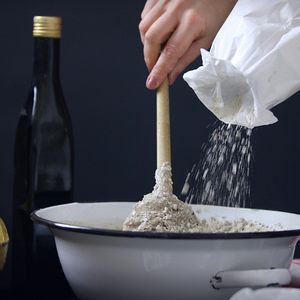
.png)
.png)
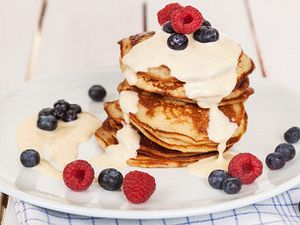
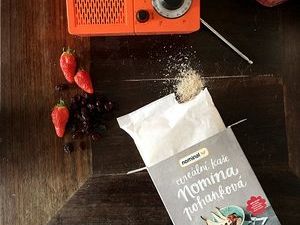
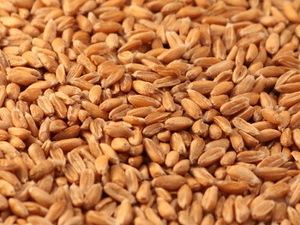
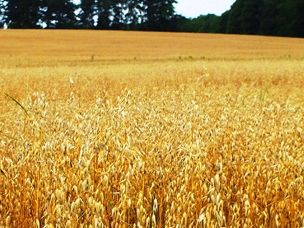
.jpg)
